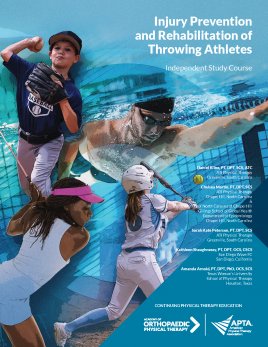
Injury Prevention & Rehabilitation of Throwing Athletes
| Online Only | |
|---|---|
| APTA Orthopedics Member | $55 |
| Non-APTA Orthopedics Member | $205 |
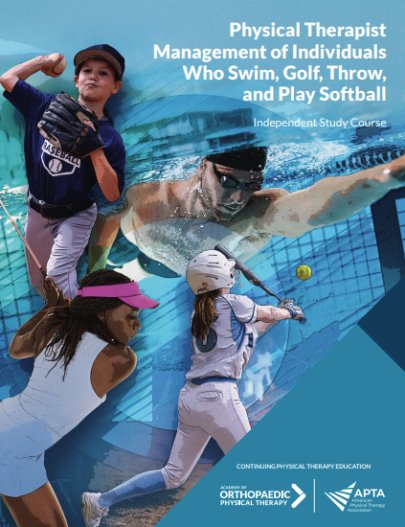
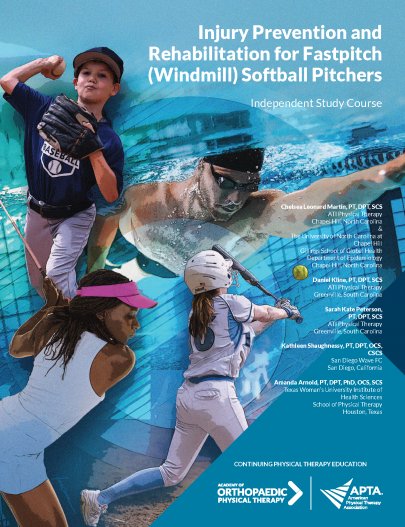
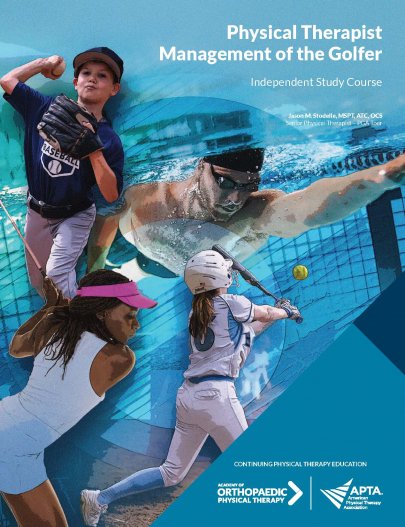
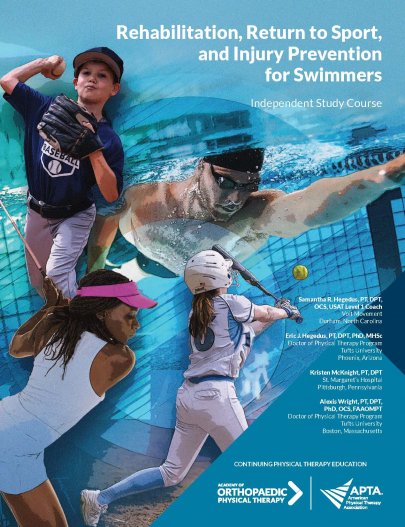
Cancellation Policy / Refund Policy
Due to the automation of our learning management system allowing you instant access to the online content and the immediate order placement for a plus print product, there are no refunds after an order is placed.
Course Description
This monograph begins with a review of popular throwing sports and the throwing-related injuries to the upper extremity that are prevalent in each. Subjective and objective findings for common injuries are provided to aid in diagnosis. A biomechanical breakdown of the basic overhead throwing motion of baseball pitching and a comparison of that motion within different age groups are presented to the reader. A phased-rehabilitation approach is described for the overhead-throwing athlete using evidence-based interventions to reduce injury risk during rehabilitation and return to sport. Return to throwing guidelines and recommendations for arm care are discussed. The monograph concludes with four patient case scenarios to illustrate the application of clinical reasoning skills and integrate the concepts of evaluation and rehabilitation of throwing athletes. The four cases involve: (1) an 18-year-old male college javelin thrower, (2) a 15-year-old female softball player, (3) a screening for injuries for a local baseball organization, and (4) a 15-year-old football-baseball player.
Course Overview
Course Format: Online
Contact Hours: 5 contact hours
State Approval: AOPT courses are accepted in all states plus the District of Columbia, as allowed by the type of course requirements in state regulations. A small number of states require APTA to seek pre-approval of courses. The approval codes for these states can be found here. Always check with your State Licensing Board to confirm contact hours offered.
View Full State Approval InformationCourse Objectives
- Classify the phases of the throwing motion.
- Recognize common faults seen in the throwing motion.
- Identify and evaluate common shoulder and elbow pathologies in throwing athletes.
- Understand pertinent physiological and environmental considerations specific to pediatric throwing athletes.
- Implement a phased-rehabilitation approach to treating throwing athletes.
- Develop a return to throwing program for operative and non-operative management plans.
- Apply current return to sport and injury prevention recommendations to athlete educational interventions.
Topics and Authors
- Injury Prevention & Rehabilitation of Throwing Athletes
Daniel Kline, PT, DPT, SCS, ATC; Chelsea Martin, PT, DPT, SCS; Sarah Kate Peterson, PT, DPT, SCS; Kathleeen Shaughnessy, PT, DPT, OCS, CSCS; Amanda Arnold, PT, DPT, PhD, OCS, SCS
Customers Frequently Viewed
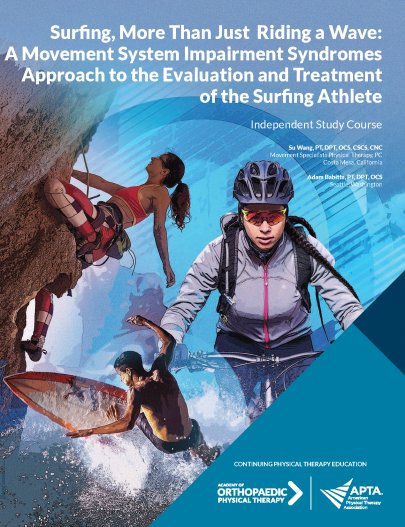

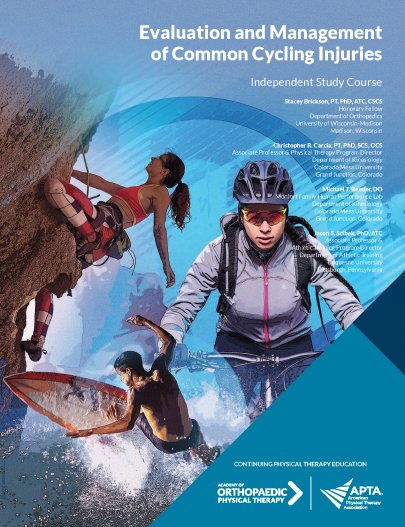
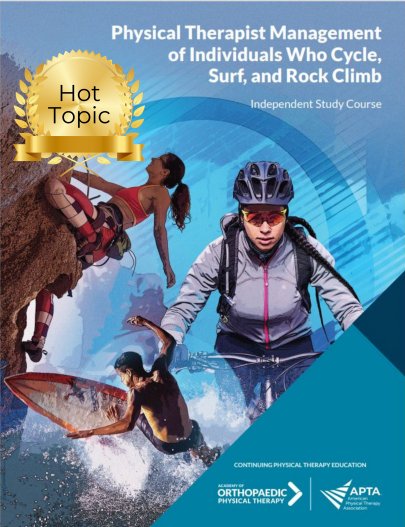
Add To Cart
Which version of the course would you like to purchase?
Members Only
You need to be a member to buy this course.
Join today to enjoy exclusive deals and prices on all courses.
Join Now